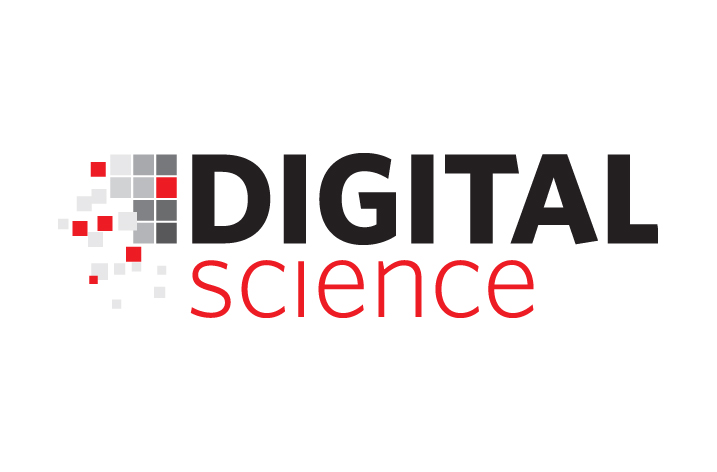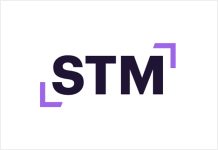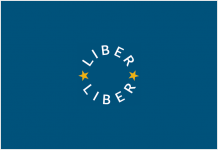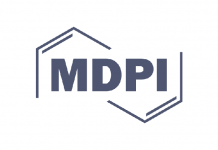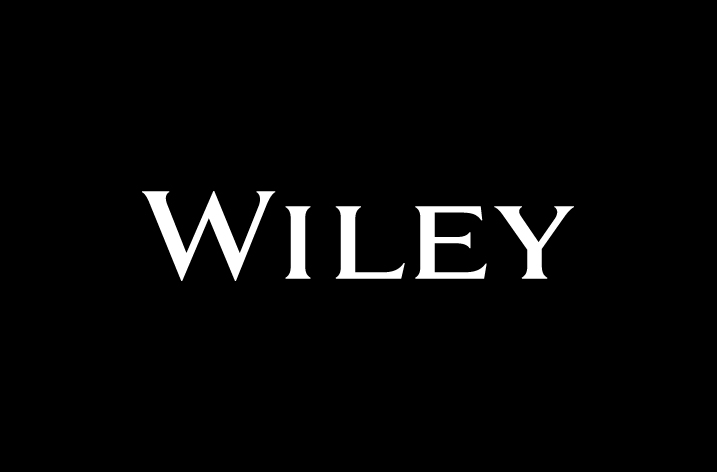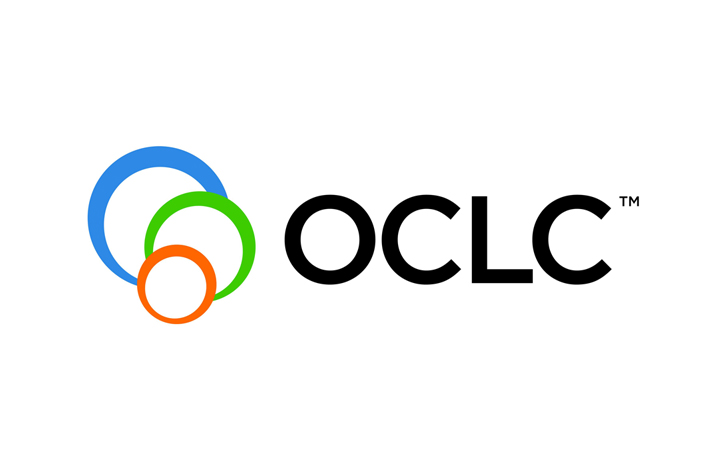
The United States is the world’s largest contributor to high-quality scientific research papers, followed by China and Germany, according to the Nature Index 2018 Annual Tables released today. These tables track by country and institution the research published in 82 high-quality journals each year, counting both the total number of papers and the share of authorship of each paper.
The US retains its leading position despite a slight decline in output from last year. Its high-quality research output remains more than double that of China’s, which continues its sharp ascent. Alongside the US, China and Germany, South Africa and Brazil are regional leaders. The Chinese Academy of Sciences is the leading international institution in the 2018 tables.
The increasingly global nature of high-quality research publishing – including China’s dramatic rise – has led to considerable competition between institutions looking to place their research in the finite space available in the world’s top journals. 49 institutions from China have improved their positions in the global top 500 institutions tables from the previous year, with an additional 14 Chinese institutions entering the top 500 and only 15 losing ground. In contrast, 62 US institutions increased their rank and 74 dropped down. In Japan – fifth in the index overall – only four institutions gained positions compared to 15 that moved in the other direction.
The Nature Index Annual Tables show calendar year output in Nature Index journals for the last three years, and reveal the countries, institutions and companies that are leading the way in publishing high-quality global science. (See ‘About the Nature Index’ for full definitions of measures). The Nature Index is compiled by Nature Research, part of Springer Nature, and forms part of Nature Research’s wider efforts to provide the research community with relevant information about the state of global science and publishing trends.
The leading international institutions in the 2018 tables are: the Chinese Academy of Sciences (1), Harvard University, US (2), Max Planck Society, Germany (3), French National Centre for Scientific Research (4), Stanford University, US (5), Massachusetts Institute of Technology, US (6), Helmholtz Association of German Research Centres, Germany (7), The University of Tokyo, Japan (8), University of California Berkeley, US (9) and the University of Cambridge, UK (10).
- Hoffmann-La Roche AG, Switzerland, is the top performing corporate institution globally. It is followed by: IBM Corporation, US (2), Novartis International AG, Switzerland (3), Merck & Co., Inc., US (4), AstraZeneca plc, UK (5), Pfizer Inc., US (6), GlaxoSmithKline plc., UK (7), GNS Science, New Zealand (8),Samsung Group, South Korea (9) and Amgen Inc., US (10).
David Swinbanks, founder of the Nature Index, said: “The continued rise of China in the index is remarkable, with four Chinese universities – Peking, Tsinghua, Nanjing and USTC – now among the world’s top 25 academic institutions alongside the Chinese Academy of Sciences, which continues to top the index with its huge number of institutes and researchers.
“Given the close to constant number of articles published each year in the index journals, other countries are inevitably losing a share of articles as a result of China’s growth, notably the United States, Germany, United Kingdom, Japan, France, Spain and Australia. But the United States remains the preeminent scientific nation with its institutions accounting for 46 of the global top 100,” Dr Swinbanks added.





